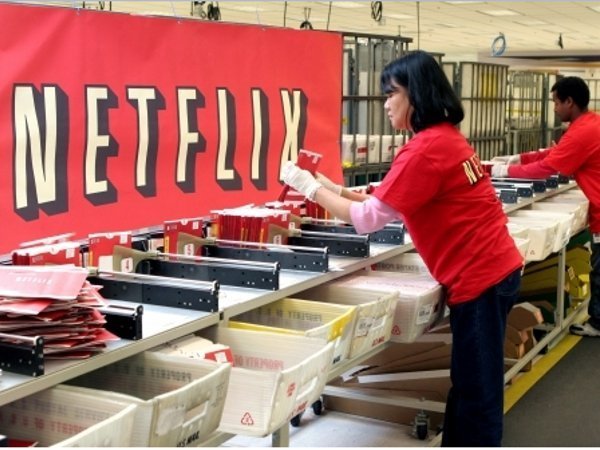

The prognosis for Netflix is not good. Two weeks after its new 60% price hike went into effect, the company sent out a letter to investors to break the bad news: subscribers are leaving. Previously, Netflix had projected that by the third quarter, it would have 25 million domestic subscribers, but now it’s projecting that some half a million subscribers will have left by Q3 and another half a million will fail to join. And when you consider Netflix’s steep growth trajectory over the last two years, that’s a pretty significant drop.
To it all into perspective, Netflix reported that its domestic subscriber base had reached 24.5 million in the second quarter of 2011, a growth of nearly 60% over the same quarter in 2010, when Netflix reported 15 million domestic subscribers. Domestic subscribers in the second quarter of 2009 numbered 10 million.
In quarterly growth, Netflix added some two million subscribers between the first and second quarters of 2011.
Generally speaking, Netflix has been adding between one and three million subscribers every quarter since Q2 2009.
Given the fact that in the last three quarters alone, Netflix has been adding two to three million each quarter, its expectations for the third quarter were already pretty modest to begin with (expecting to gain just half a million subscribers). But now it’s expecting to not only miss out on the half a million it thought it would gain by Q3, but is expecting to actually lose an additional half a million of the subscribers it currently has.
Nevertheless, while Netflix attributes the loss to its price hike, it maintains that it was the right decision.
“We know our decision to split our services has upset many of our subscribers, which we don’t take lightly, but we believe this split will help us make our services better for subscribers and shareholders for years to come,” the company said in its letter to shareholders.
The long-term benefits, it explains, are four-fold: 1) it creates a dedicated DVD rental division that will maximize the potential for disc rental over the next several years; 2) the streaming business will improve because it won’t be enmeshed with the disc rental business; 3) it will (somehow) grow revenue and enable Netflix to license more streaming content; and 4) it will remain price aggressive with plans starting at $7.99 for DVD- or streaming-only services.
Netflix added that its new forecast will not lower its financial projections for the third quarter. It also said that its international subscriber expectations for Q3 have not changed.
In 2010, Netflix made $160.8 million in net income.
In a research note, J.P. Morgan analyst Doug Anmuth notes that the forecast is little more than a hiccup in Netflix’s overall growth trajectory.
“Though there may be an additional quarter or two of sub shifts and churn related to the pricing changes, we believe Netflix’s long term secular growth remains intact and we expect sub growth to return in 2012.”
J.P. Morgan is dropping its price target for Netflix to $245 from $340.
As of 12:15 pm PT, Netflix stock was down more than 18% to $170, after closing Wednesday at $208.
Image source: napco.com


















